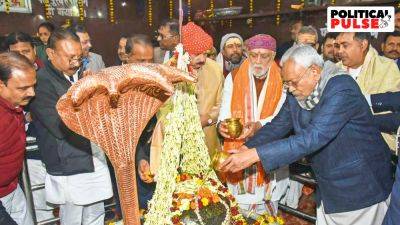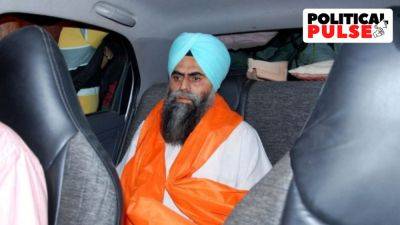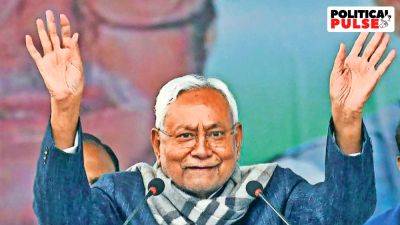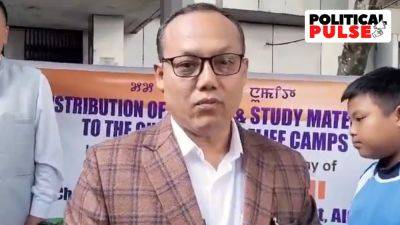Decode Politics: Why a radical Meitei outfit chose Imphal’s Kangla Fort to ‘summon’ legislators
A meeting called by radical Meitei group Arambai Tenggol of Meitei MLAs on Wednesday was held at the historic Kangla Fort in Imphal. Nearly all Meitei MLAs of Manipur as well as Lok Sabha and Rajya Sabha MPs representing its valley areas were present at this meeting, attended by the outfit’s self-styled “commander-in-chief”.
Apart from the significance of the legislators making an appearance at the “summons” of a non-government outfit, the choice of the Kangla Fort – a symbol of Meitei pride – was critical.
Importance of Kangla
What constitutes modern-day Manipur was and is home to Meitei, Loi, Yaithibi, Bamon (Brahmin), Bishnupriya and Pangan (Muslim) communities, as well as the Nagas, Kukis and other tribes who live in the hills.
A Meitei state, controlling primarily the valley regions, emerged under the leadership of the chiefs of the Ningthouja clan in the 13th century and was an independent kingdom until 1891, when the British took over the province of Manipur.
With the name of Imphal also Kangla, the Kangla Fort, built in 33 AD and spread over 200 plus acres, emerged as the centre of power of the Meitei kings and the site of its many rituals and festivals. The fort premises are also believed to house sites sacred to the Meiteis.
Before it came under British rule, the Meitei kingdom saw repeated attacks from the Burmese and fell under Burmese control in 1819. The three royal princes – Marjit, Chaurjit and Gambhir Singh – were forced to flee to Cachar in Assam.
In 1824, when a war broke out between the British and the Burmese, the British assisted Gambhir Singh in “recovering” the state. Manipur then became a protectorate state of the British.
In her memoir The Maharaja’s Household: A Daughter’s Memories of Her Father, the







